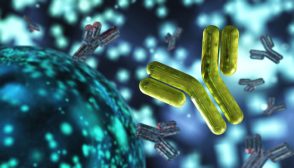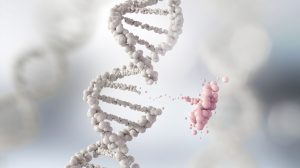Definition
Noun
A gram-positive spherical and facultative bacterium arranged in cluster involved as pathogens of several tissue infection in human that includes skin infections, wound infections and mucosal infections.
Supplement
Staphylococcus aureus primarily colonizes the nasal passage as well as in oral cavity, skin and gastrointestinal tract. It grows at temperature ranging from 15’C-45’C by aerobic respiration or fermentation that produced lactic acids. It reproduced asexually through binary fission and has the capacity to survive from weeks to months on dry environmental conditions.
Staphylococcus aureus is considered as potential pathogens and responsible for various tissue infections including skin and mucosal barriers. It can spread via pus from infected wound as well as from towels, clothing, sheets and equipment used by infected individuals.
Staphylococcus aureus infections can spread via contact with infected wound, skin contact and pus with an infected individual by generating hyaluronidase that destroys tissue and contact with objects such as towels, sheets, clothing or athletic equipment used by an infected person. It is also associated in prosthetic joints that risk staphylococcal endocarditis, septic arthritis and pneumonia.
Scientific classification:
Domain: Bacteria
Kingdom: Eubacteria
Phylum: Firmicutes
Class: Coccus
Order: Bacillales
Family: Staphylococcaceae
Genus: Staphylococcus
Species: Staphylococcus aureus
See also:
• Bacteria
• Tissue infections
Dictionary > Staphylococcus aureus
You will also like...

Passive and Active Types of Immunity
Lymphocytes are a type of white blood cell capable of producing a specific immune response to unique antigens. In thi..

Population Growth and Survivorship
This lesson looks at population attributes, regulation, and growth. It also covers population genetics, particularly gen..

Plant Metabolism
Plants are responsible for incredible feats of molecular transformation. Plant processes, such as photosynthesis, photop..

Freshwater Communities & Lentic Waters
Lentic or still water communities can vary greatly in appearance -- from a small temporary puddle to a large lake. The s..

Control of Growth & Development
Control of Growth & Development tutorials look at how the genetic makeup determines the biological processes on a da..

Lotic Communities & Algae
Lotic communities have conditions that are rather harsh for typical plants. Thus, the diversity of plant species in loti..

